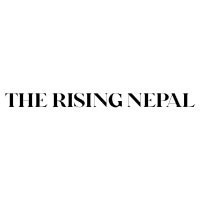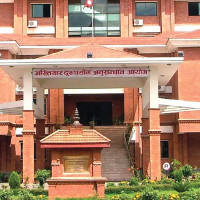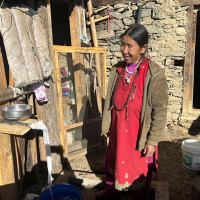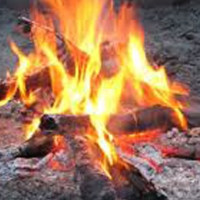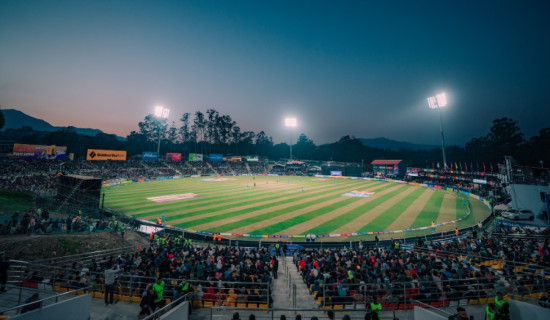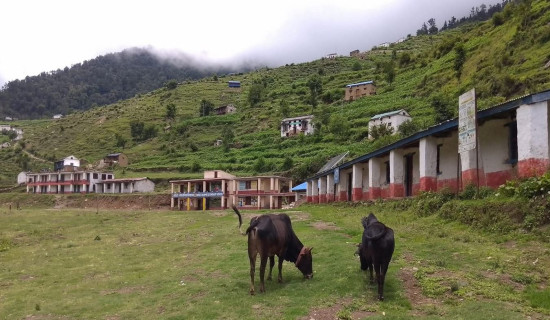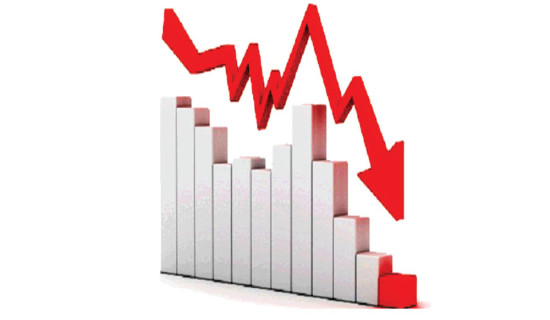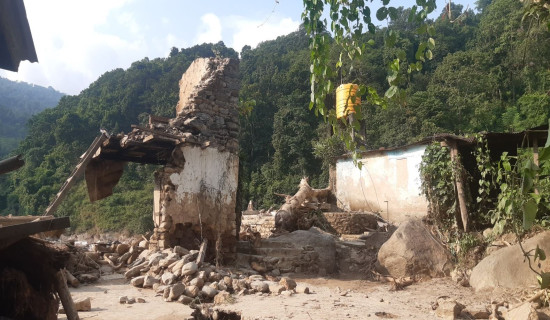- Monday, 15 December 2025
A Dark Day For Nepal’s Democracy
The tragic deaths of Suresh Rajak and Sabin Maharjan on March 28, 2025, were a severe blow to Nepal’s democracy. The brutal manner in which journalist Suresh Rajak was burned to death while covering a pro-monarchy protest at Tinkune, Kathmandu, along with the vandalism of media houses, including The Kathmandu Post and Annapurna Post, underscores the alarming reality that journalists in Nepal remain under attack, regardless of the country’s political system.
Nepal has undergone major political upheavals over the past four decades, transitioning from an absolute monarchy to a republic. This transformation included a period of civil unrest due to the Maoist uprising. However, Nepal made history when mainstream political parties agreed to integrate the Maoists into the government. Another unique aspect of Nepal’s transition was that ousted King Gyanendra and his family did not leave his country. While their government-owned property was confiscated, they were permitted to reside in their private homes. The then Queen Mother Ratna, who refused to leave the palace, was allowed to stay in a section of the palace, which has since been converted into a museum.
Restoration of democracy
Since the restoration of democracy in 1990 and the establishment of a federal democratic republic on May 28, 2008, Nepal’s elected leaders have, unfortunately, prioritised power struggles over national development. Rather than focusing on economic and social progress, political parties and leaders have been preoccupied with securing their dominance in the government. While the private sector has expanded in recent years, it has also become entangled in a corrupt system, with business tycoons contesting elections and securing parliamentary seats. Many youths have come up with innovative ways of establishing social enterprises but face severe difficulties as they need to cross hurdles imposed by the already-established corrupt systems.
Several studies and reports have revealed the existence of a cartel system, where influential business figures receive political protection. This arrangement has been detrimental to ordinary citizens who had hoped for stability and opportunities within their own country. Media investigations have exposed numerous cases of corruption, including land grabs and human trafficking, involving political figures. Nepal’s youth have been particularly affected, as they face a lack of opportunities to build their futures domestically. The country continues to witness mass migration for employment, with the grim reality that several Nepali migrant workers return home in coffins each day.
Historically, Nepal was the world’s only Hindu nation until 1990, after which it adopted a secular constitution. However, a significant portion of the population still believes in the notion of a Hindu state, viewing the monarchy as divinely ordained, regardless of the king’s actions. This group never accepted the abolition of the monarchy. In addition, there is a growing faction of citizens frustrated with the governance failures of political leaders. While they may not support a return to monarchy, they have become disillusioned with the inefficacy of Nepal’s political parties.
A third faction includes figures like Durga Prasai, a businessman with a history of alleged fiscal fraud and political entanglements. After some media outlets accused him of being involved in various irregularities, he rebranded himself as a right-wing political activist and medical entrepreneur, positioning himself as an opponent of mainstream politicians. Against this backdrop, despite Nepal’s republican constitution guaranteeing equal opportunities for all citizens, dissatisfaction remains widespread. Rising inflation and economic hardships have exacerbated public frustration.
When former King Gyanendra Shah delivered a speech on February 19, 2025, commemorating the 1951 revolution and calling for the revival of the monarchy, his message went viral, resonating with a small but vocal faction of Nepalis both at home and abroad. There is speculation that the rise of the Bharatiya Janata Party (BJP) in India has further emboldened these pro-monarchy elements. On March 9, 2025, Gyanendra Shah’s return to Nepal from Pokhara was met with a dramatic show of support. Approximately 400,000 people gathered at the International Airport. The spectacle left many Nepalis in shock.
Arsons
This event was followed by a pro-monarchy demonstration on March 28, 2025, organised by right-wing political parties and figures such as Durga Prasai, and Rastriya Prajatantra Party (RPP) leaders, including journalist-turned-politician Rabindra Mishra. Tragically, this day will be remembered as one of Nepal’s darkest. During the protest, Rajak, a young journalist from Avenues News, was burned alive inside a building that was set on fire. Another young man, Sabin Maharjan, was fatally shot. In addition, Kathmandu witnessed street violence, arson, and looting, including attacks on the Bhat-Bhateni Department Store.
There are speculations that the vandalism was already planned and that the government did not take proper measures to stop these actions. There have been wide speculations on why the houses that were set on fire were not addressed by fire brigades. Many questions are still unanswered. Who will take responsibility for the deaths of these two young men who had their entire lives ahead of them? Nepal’s political leaders must engage in serious introspection about their failures in fulfilling the dreams of the Nepali people. This sort of violence must not be allowed to happen again at any cost, action must be taken against those involved. The people of Nepal must shift their focus toward nation-building rather than being misled by opportunistic leaders.
(Sharma is a senior journalist and women’s rights advocate. namrata1964@yahoo.com or on X @NamrataSharmaP.)


